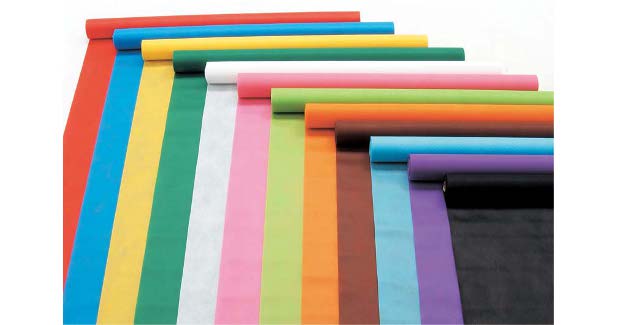
Toxic chemical protective nonwoven fabric
A team of US scientists has used improved coating method to develop chemical warfare protective nonwoven fabric. Collaborators from Edgewood Chemical Biological Center of the U.S. Army and North Carolina State University have deposited zirconium based metal-organic-framework (MOF) material using refined method.
A team of US scientists has used improved coating method to develop chemical warfare protective nonwoven fabric. Collaborators from Edgewood Chemical Biological Center of the U.S. Army and North Carolina State University have deposited zirconium based metal-organic-framework (MOF) material using refined method. The technique has resulted in thin coating using atomic layer deposition of the catalytic layer to degrade toxins. Polypropylene nonwoven fabric with the MOF thin coating was able to degrade warfare simulant DMNP effectively, rather quickly.
The unique aspect of this research has been the growing of zirconium based MOF on the nonwoven fabric at room temperature, unlike earlier research work which needed elevated temperatures. This work has appeared in a recent issue of the journal Chemistry of Materials.
By: Seshadri Ramkumar, Texas Tech University, USA
CATEGORIES Industry Update



